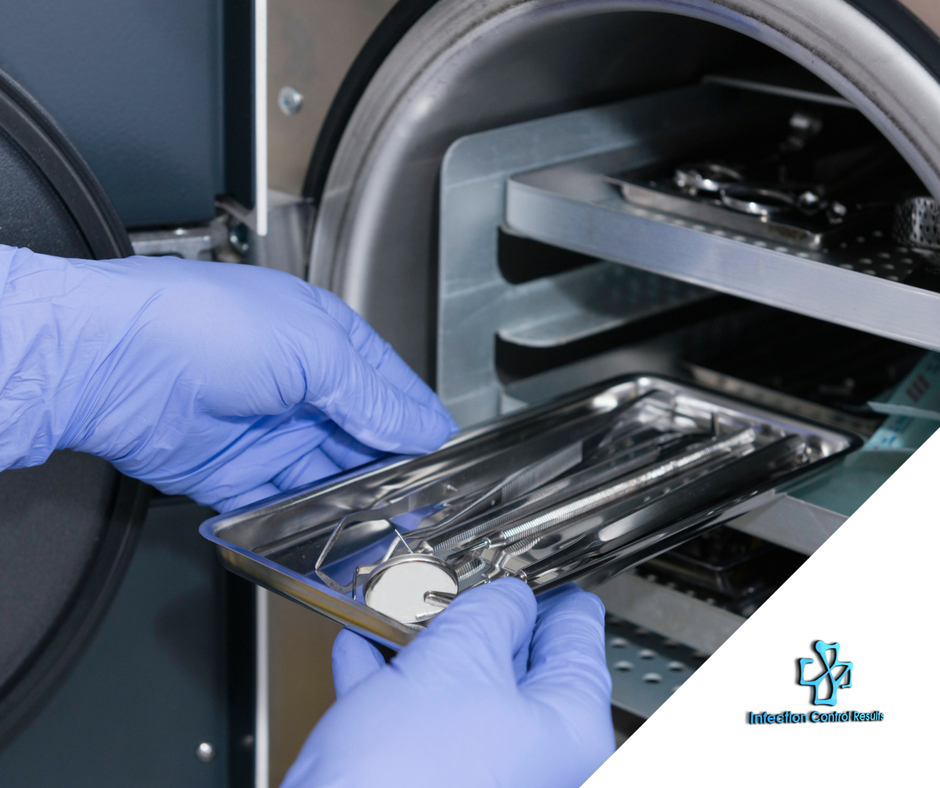
17 Nov Sterilization, high-level disinfection, low-level disinfection – how do I know what to do?
Sterilization, high-level disinfection, low-level disinfection – how do I know what to do?
How do you know if the reusable instrument or probe in your practice area requires high-level disinfection, sterilization or if wiping with a disposable disinfectant wipe is adequate? How can you ensure ultrasound probes or flexible endoscopes are safe for patient care?
Dr. E. H. Spaulding developed a three-category classification to help determine whether an item requires disinfection or sterilization based on the risk of infection transmission. The three categories are critical, semi-critical and non-critical.
Critical items enter sterile body sites or the vascular system and require sterilization. Semi-critical medical devices contact mucous membranes or non-intact skin and should undergo high-level disinfection if sterilization is not possible. Examples of semi-critical devices include cystoscopes, vaginal and rectal ultrasound probes, flexible GI scopes, difficult airway equipment, and transesophageal echocardiogram probes. Non-critical items, such as blood pressure cuffs and stethoscopes, that only touch intact skin, should be low-level disinfected (e.g. disinfectant wipe).
According to the Spaulding classification system, which is widely used in healthcare, vaginal and rectal ultrasound probes and flexible endoscopes minimally require high-level disinfection. Now that you know the best method to reprocess your scope or probe, let’s look at high-level disinfection a little closer. High-level disinfection is defined as a chemical method that kills most microbial life. However, some organisms, such as spores are not eliminated by high-level disinfection.
The first step is to properly clean the scope or probe prior to high-level disinfection to reduce the bioburden, following manufacturer’s instructions. Once the item has been cleaned, follow the high-level disinfectant manufacturer’s instructions meticulously, being careful to include all required steps and documentation.
All processes involved in high-level disinfection have come under scrutiny by accreditation and CMS surveyors in ambulatory practice settings, dental care, ambulatory surgery centers, and hospitals. The risk of infections associated with medical equipment, devices, and supplies was cited by the Joint Commission as one of the most challenging standards for the first half of 2016 and again in 2017.
Contact Infection Control Results to ensure your high-level disinfection practices meet regulatory requirements and your medical devices and equipment are safe for patients.
